Description

Parameters and Specifications
- Measurement Range: 0-5 g
- Resolution: 0.01 g
- Sampling Frequency: 10 kHz
- Output: BNC interface, analog signal output
- Power Supply: Through connection to acquisition system or external battery
- Operating Temperature Range: -18°C to +60°C
- Storage Temperature Range: -40°C to +85°C
Dimensions and Weight
- Dimensions: 97mm x 45mm x 24mm (or 229mm x 102mm x 44mm, depending on the specific model or variant)12
- Weight: 1.5 kg (for the 229mm x 102mm x 44mm variant)2
Series
- Part of the Bently Nevada’s vibration monitoring and protection system series.
Features
- High-Precision Measurement: Capable of measuring within a range of 0-5 g with a high resolution of 0.01 g1.
- High-Speed Sampling: Monitors equipment vibrations at a high sampling rate of 10 kHz, ensuring real-time monitoring of equipment status1.
- Analog Signal Output: Outputs analog signals through a BNC interface, facilitating data transmission and communication with other acquisition systems and devices1.
- Portable Design: Allows for quick and easy installation and relocation of monitoring equipment1.
- Wide Operating Temperature Range: Works reliably in a wide temperature range from -18°C to +60°C1.
- Multi-Channel Monitoring: Supports multi-channel vibration monitoring, enabling simultaneous monitoring of multiple devices or bearings3.
- Real-Time Monitoring: Provides continuous monitoring of equipment vibrations and real-time data feedback3.
- Spectrum Analysis: May support spectrum analysis to identify fault frequencies and abnormal vibration patterns3.
- Alarm Function: Triggers alarms when equipment vibrations exceed set thresholds, notifying operators of abnormal conditions3.
- Historical Data Recording: Capable of recording and storing vibration data for subsequent analysis and fault diagnosis3.
- Communication Interface: Supports communication with other monitoring systems or data acquisition systems for data sharing and integration3.
- Industrial-Grade Design: Suitable for long-term use in harsh industrial environments3.
Role and Applications
- Role: A key device for real-time monitoring and analysis of industrial equipment vibrations3.
- Applications: Used in various industrial applications, including monitoring of rotating machinery such as engines, pumps, compressors, etc., to improve equipment reliability and safety13. Suitable for industrial, process, control, and mechanical applications4.




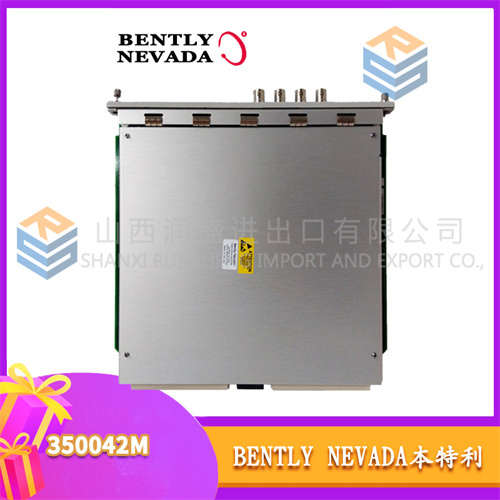

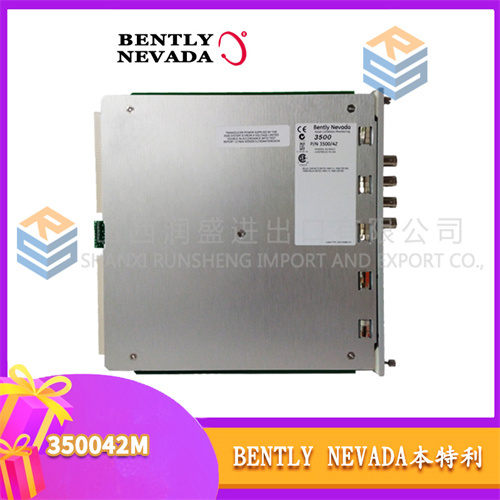



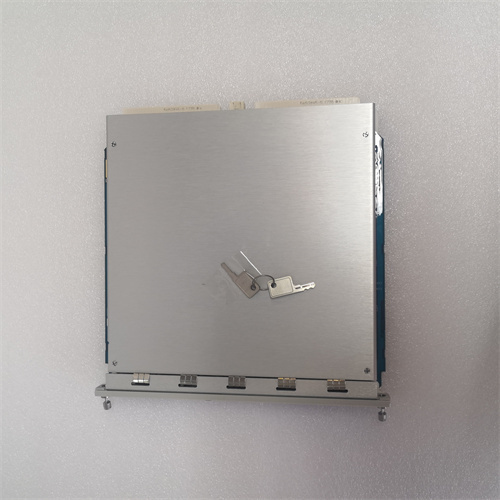
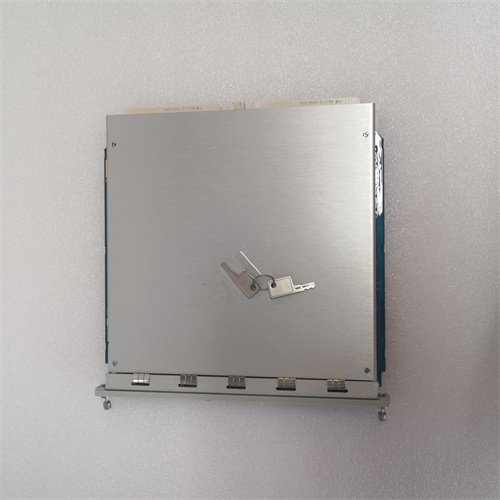
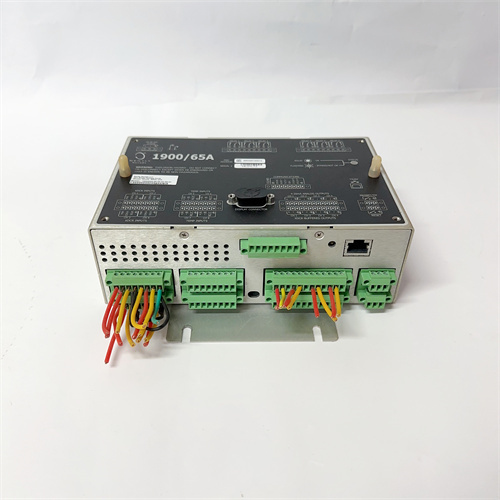

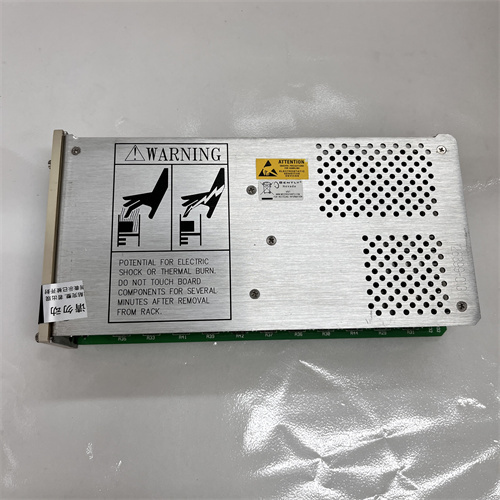

Reviews
There are no reviews yet.